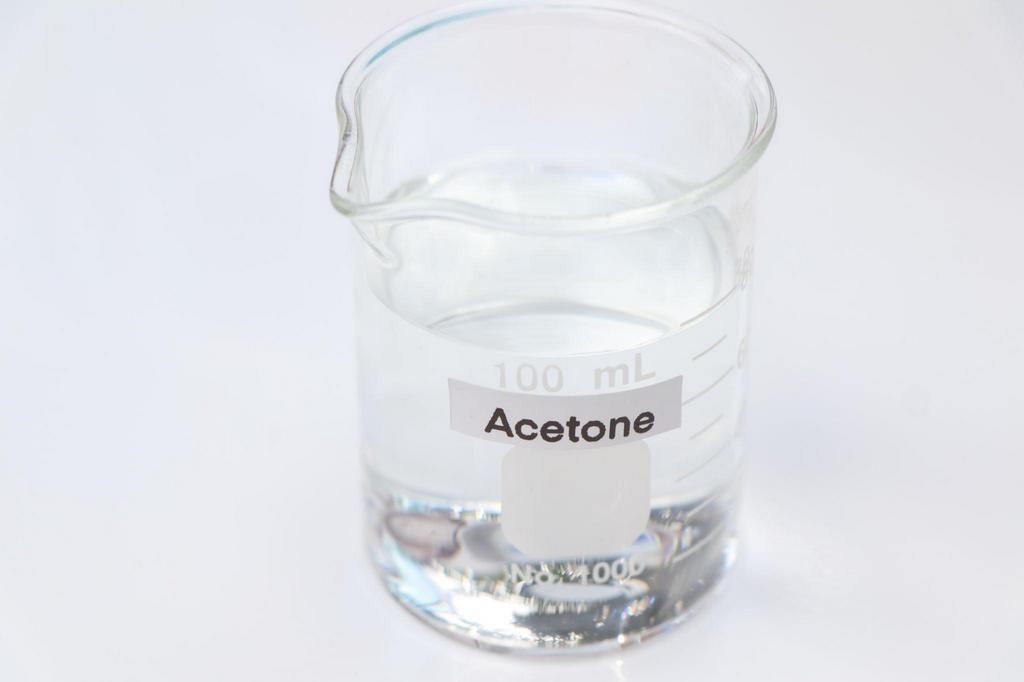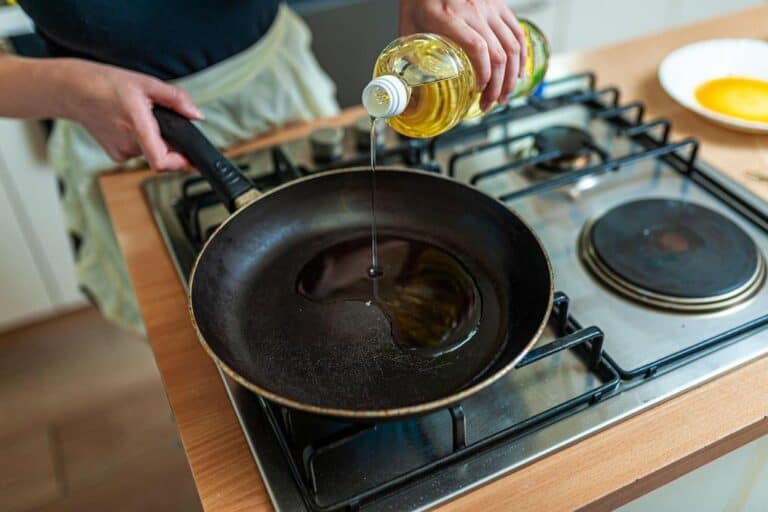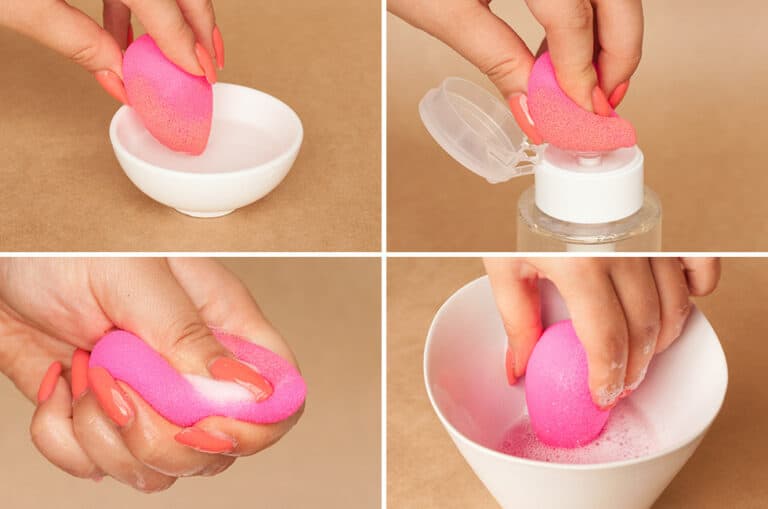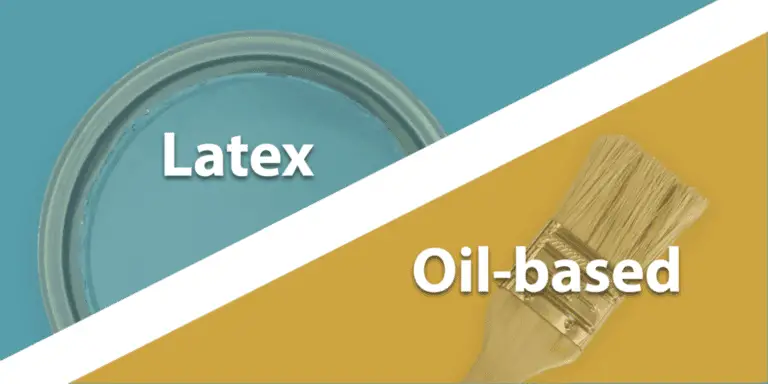Can You Use Acetone to Clean Metal before Painting?

When it comes to painting metal, preparation is key to ensuring a smooth and long-lasting finish. While there are many ways to clean and prep metal surfaces before painting, one popular method is to use acetone.
You may have heard that acetone is a great option for cleaning metal before painting, but you’re not quite sure if it’s the right choice for your project.
So, can you use acetone to clean metal before painting? We’ll explore the pros and cons of using acetone, as well as alternative cleaning solutions you may want to consider. So grab a cup of coffee and let’s dive in!
What is Acetone?
Acetone is a chemical compound with the formula (CH3)2CO, also known as propanone. It is a clear, colorless, highly flammable liquid with a strong, sweet odor. Acetone is a ketone, which is a type of organic compound that contains a carbonyl group bonded to two alkyl or aryl groups.
One of the main uses of acetone is as a solvent. It works very well at breaking down a wide range of materials, such as plastics, synthetic fibers, rubber, and many types of organic compounds. Because of this, it can be used in many industrial processes, such as making plastics, synthetic fibers, and medicines.
Acetone is also used as a cleaning agent and degreaser in many industries, such as the automotive and electronics industries. It’s an effective cleaner because it can easily dissolve and remove dirt, grease, oil, and other contaminants from surfaces.
In addition to its industrial uses, acetone is also commonly used in household settings. For example, it’s a popular ingredient in nail polish remover because it can dissolve and remove nail polish quickly and easily. Acetone is also sometimes used as a cleaning agent in the home, particularly for removing stubborn stains or cleaning certain types of surfaces.
Can You Use Acetone to Clean Metal before Painting?
Acetone is a powerful solvent that can dissolve grease, oil, and other contaminants on the surface of the metal. This makes it an excellent choice for cleaning metal surfaces before painting.
| However, it is important to take precautions while using acetone as a metal cleaner. Acetone is highly flammable and should be kept away from heat sources, sparks, and flames. It should also be used in a well-ventilated area, as it can produce fumes that can be harmful when inhaled. It is also essential to wear gloves and eye protection while handling acetone to prevent skin irritation and eye damage. |
Benefits of Using Acetone to Clean Metal
When it comes to preparing metal surfaces for painting, acetone offers several benefits. First and foremost, it’s highly effective at removing contaminants like oil, grease, and dirt that can interfere with the adhesion of paint.
Acetone also evaporates quickly, which means it won’t leave any residue on the surface that could interfere with the paint’s ability to adhere properly.
Acetone is cheap and easy to find, which is another good thing about using it to clean metal. You can find acetone at most hardware stores, home improvement centers, and even some grocery stores.
And because it’s such a powerful solvent, a little goes a long way. You won’t need to use much acetone to get your metal surface clean and ready for painting.
Drawbacks of Using Acetone to Clean Metal
While acetone is a highly effective cleaner for metal surfaces, it does have some drawbacks that you should be aware of.
First and foremost, it’s a highly flammable liquid that should be used with caution. If you’re working with acetone, make sure you’re doing so in a well-ventilated area away from any sources of heat or flames.
Another potential drawback of using acetone to clean metal is that it can be harsh on some types of surfaces. If you’re working with a delicate metal or a metal that’s prone to corrosion, using acetone could cause damage to the surface. Additionally, if you’re not careful, acetone could strip away any protective coatings or finishes that might be present on the metal surface.
How to Use Acetone to Clean Metal
If you’ve decided that using acetone to clean your metal surface is the right method for you, here are the steps you should follow:
- The metal surface should be free of any loose debris or rust.
- Begin by putting on protective gloves and working in a well-ventilated area.
- Apply a small amount of acetone to a clean, lint-free cloth.
- Use the cloth to wipe down the metal surface, applying gentle pressure to remove any dirt, grease, or oil.
- Continue wiping the surface until it’s clean, using additional acetone and cloths as needed.
- Avoid leaving the acetone on the surface for an extended period, as it can cause damage to the metal.
- Once the surface is clean, allow it to dry completely before painting.
Even though acetone is a good way to clean metal surfaces before painting, you can also use denatured alcohol, mineral spirits, or vinegar instead. However, these alternatives may not be as effective as acetone in removing grease, oil, and other contaminants from the metal surface.
Should I Dilute 100% Acetone for Cleaning Metal?
Using 100% acetone for cleaning metal surfaces can be risky, as it is a highly potent solvent that can damage certain types of metal. Some metals, like aluminum and brass, react badly to acetone and may rust or change color if they are exposed to it. Because of this, acetone should usually be diluted with water or another solvent before being used to clean metal.
For cleaning metal, the right concentration of acetone will depend on a number of things, such as the type of metal, the type of contaminants, and how dirty the metal is. In general, a ratio of 1:1 or 2:1 (acetone to water) is a good starting point for most metal cleaning applications. However, the concentration may need to be adjusted based on the specific requirements of the job.
When diluting acetone for cleaning metal, it’s important to take proper safety precautions to avoid injury or damage to the metal surface. This means wearing the right safety gear, like gloves and goggles, and working in a well-ventilated area so that you don’t breathe in the fumes. It’s also important to avoid using acetone on hot surfaces, as this can increase the risk of fire or other hazards.
Besides being used to clean, acetone is also used in a number of industrial processes, such as making plastics, synthetic fibers, and medicines. It is a versatile and widely used solvent that plays an important role in many different industries.
Alternatives to Using Acetone to Clean Metal
If you’re not comfortable using acetone to clean your metal surfaces, or if you’re working with a type of metal that’s not compatible with acetone, there are several alternative methods you might consider. Here are a few:
1. Soap and Water
One of the simplest and most effective ways to clean metal surfaces before painting is to use soap and water. This method is especially effective for removing dirt and grime from metal surfaces. Simply mix a small amount of dish soap with warm water, then use a soft-bristled brush to scrub the surface clean. Rinse the surface thoroughly with clean water, then allow it to dry completely before painting.
2. Sandpaper
If your metal surface has any rust or corrosion on it, using sandpaper to remove the rust before painting can be an effective method. Start with a coarse-grit sandpaper (such as 80 grit), then work your way up to a finer-grit sandpaper (such as 220 grit) to ensure a smooth finish. After sanding, be sure to clean the surface thoroughly with soap and water to remove any dust or debris.
3. Vinegar
For metal surfaces that are prone to rust or corrosion, vinegar can be an effective cleaning agent. Simply soak the metal surface in white vinegar for several hours, then scrub the surface clean with a soft-bristled brush. Rinse the surface thoroughly with clean water, then allow it to dry completely before painting. Keep in mind that vinegar can be acidic, so it’s important to test this method on a small, inconspicuous area of your metal surface first to make sure it won’t cause any damage.
4. Mineral Spirits
Mineral spirits are a type of solvent that can be used to clean metal surfaces before painting. They’re especially effective at removing oil and grease from metal surfaces. To use mineral spirits, simply apply a small amount to a clean, lint-free cloth and use it to wipe down the metal surface. Be sure to wear gloves and work in a well-ventilated area, as mineral spirits can be harsh and potentially harmful if inhaled.
Tips for Painting Metal Surfaces
Now that you’ve cleaned and prepped your metal surface, it’s time to paint it. Here are a few tips to keep in mind for a successful paint job:
- Choose the right paint: Make sure you’re using a paint that’s specifically formulated for metal surfaces. Look for a paint that’s rust-resistant and designed to adhere well to metal surfaces.
- Use a primer: If you’re painting a metal surface that’s never been painted before, or if you’ve sanded away any existing paint or rust, be sure to apply a primer before painting. This will help the paint adhere better and last longer.
- Apply multiple thin coats: When painting metal surfaces, it’s better to apply multiple thin coats of paint rather than one thick coat. This will help ensure a smooth, even finish and prevent drips or runs.
- Allow for proper drying time: Be sure to follow the manufacturer’s instructions for drying time. It’s important to allow the paint to fully dry and cure before exposing it to moisture or other elements.
Conclusion
In conclusion, acetone can be an effective method for cleaning metal surfaces before painting. However, it’s important to use caution and be aware of the potential drawbacks. If you’re not comfortable using acetone, there are several alternative methods you can consider. Whatever method you choose, be sure to properly prepare your metal surface before painting for a smooth and long-lasting finish.






